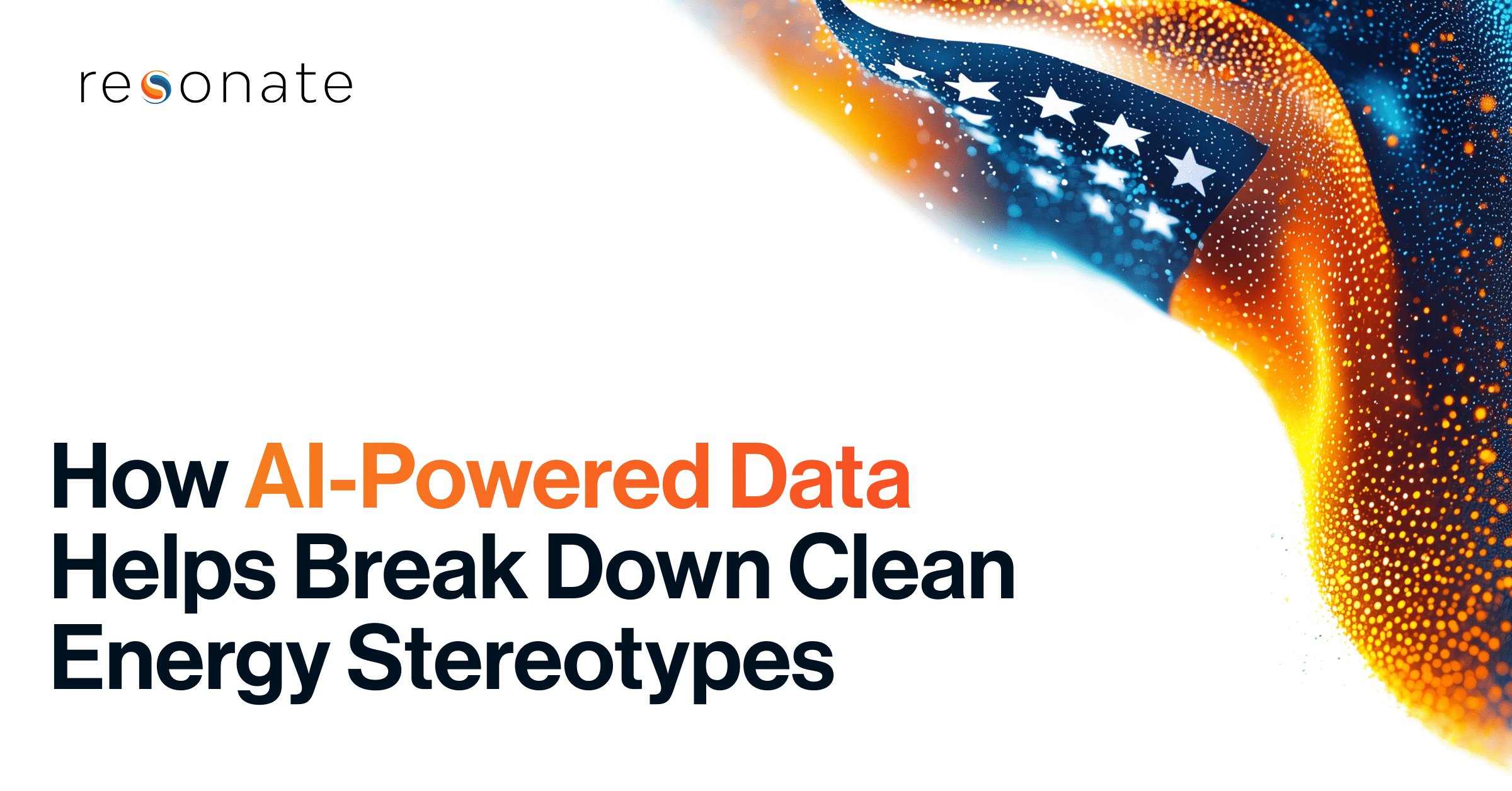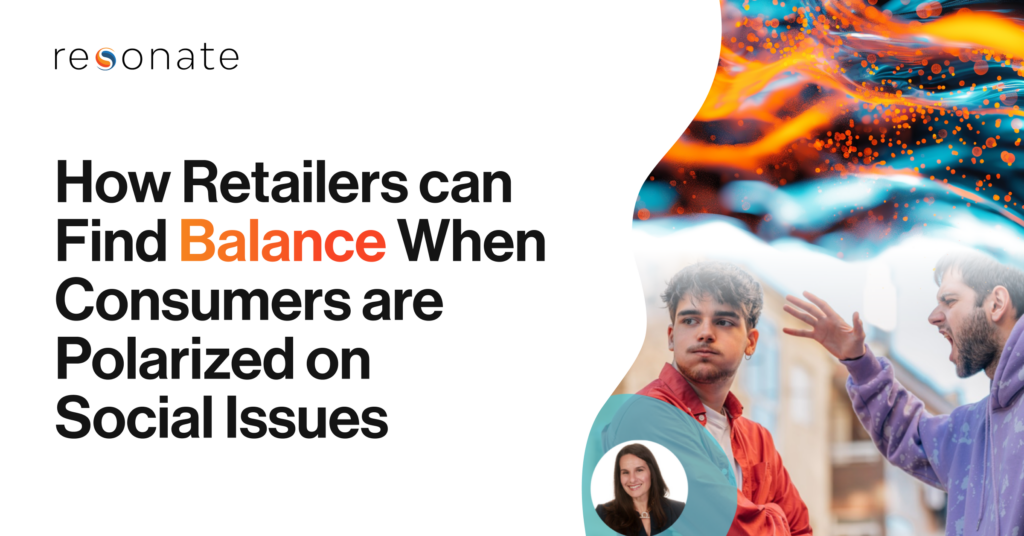The environmental regulation policies of President Donald Trump and his predecessor couldn’t be more different. During his single term, Joe Biden re-entered the United States in the Paris Climate Agreement, paved the way for the EPA to restrict greenhouse gas emissions, and set the nation on a path to “net-zero” by 2050. In comparison, now in his second term, Trump has withdrawn the US from the climate agreement (again), is working to curb the EPA’s power, and promised in his inauguration speech that the country would be entering a new era of “drill baby, drill.”
Where these two men stand on climate issues is clear. Where the American public stands is less black and white.
Expert research suggests that fewer than 50%—four in 10—of Americans believes climate change is a serious threat that requires immediate intervention, regardless of the cost. Still others think that while it poses a pressing problem, climate change should be addressed with measures that are more cost-effective. And to complicate matters further, this is an issue that has become just as partisan as immigration and the military. According to popular media sources, climate change has become another Democrat vs. Republican issue.
Clearly, climate change is divisive, and there are as many opinions on what to do about it—if anything—as there are people. But while the public votes based on opinion, campaign professionals need to make decisions based on data. And the Resonate AI-powered data engine, rAI, shows that this is a highly nuanced issue that’s anything but straightforwardly cut and dry. Here, we’ll take a closer look at the 26.1M Americans who support clean energy policies and environmental regulations.
Is Clean Energy Just a “Liberal Issue”?
There’s a perception that clean energy and environmental regulations are “liberal issues.” That’s made it tough for right-leaning outfits to find messaging that works to reach those conservative voters who stand behind clean energy policies—if there even are any.
According to the rAI, there are! Nearly half of the 26.1M voters who support clean energy policies are Democrats (46%), but 29% are Independent, and 19% are Republican. And when it comes to social and fiscal ideologies, the majority of this audience considers itself to be moderate, suggesting that there’s more common ground than you might initially believe.
So in short, the answer is no: Clean energy isn’t just a liberal issue. What else can rAI tell us about this audience?
Getting to Know Clean Energy Supporters: Their Concerns & More
Whereas for some segments of voters—like the free trade supporters we talked about in an earlier blog on tariffs—it’s tough to pinpoint what exactly they’re worried about, for the clean energy supporters, it’s hard to figure out what doesn’t concern them. Insights gleaned from Resonate’s high-performance data show these Americans are alarmed across the board of concerns for the next six months:
42% worry about geopolitical concerns (terrorism, nuclear threats, etc.)
35% worry about not being able to afford housing or a housing market crash
47% worry about taxes increasing
45% worry about healthcare costs or debt
And, unsurprisingly, 33% worry about the environment and climate change. Mostly, though, rising costs and unrest in the world are top of mind for these voters.
When it comes to targeting and engagement, Resonate knows this segment is most heavily engaged on CTV and linear television equally: 19% spend 21+ hours per week on each. Internet videos are their next favorite form of entertainment: 15% spend 21+ hours per week watching. Just 9% are heavily engaged on social media—and a whopping 60% are only lightly engaged (meaning they spend less than 10 hours per week scrolling through social), suggesting these platforms are not ideal for targeting this audience.
The Takeaway
While at first glance, you might be inclined to skip an audience like this—after all, what could possibly be surprising about them?—with Resonate data, you have the power to drill down into highly specific, non-traditional audience segments. For example, we can look at the 12M or so Democratic voters who fit the mold of what people think of when they hear the words “clean energy supporters,” and we can also glean insights about the Republican environmentalists, even though they make up just shy of 5M voters in this audience. This isn’t an insignificant number when it comes to mobilizing supporters—these days, elections are won by shifting small segments of voters at a time.
Resonate data has a history of popping bubbles and empowering campaign professionals to enter echo chambers they previously thought were closed to them. One client experienced a 30% increase in browsing in just such a media bubble when they used Resonate data, they also achieved 80K unique video completions with an average view frequency of 10. They also won their campaign.
Resonate is your end-to-end solution from research all the way through to activation so that you can build, understand, and ultimately mobilize your supporters with messaging that directly speaks to them on every channel. To learn more about how Resonate data will help you better target voters, schedule a consultation with a data expert today.



